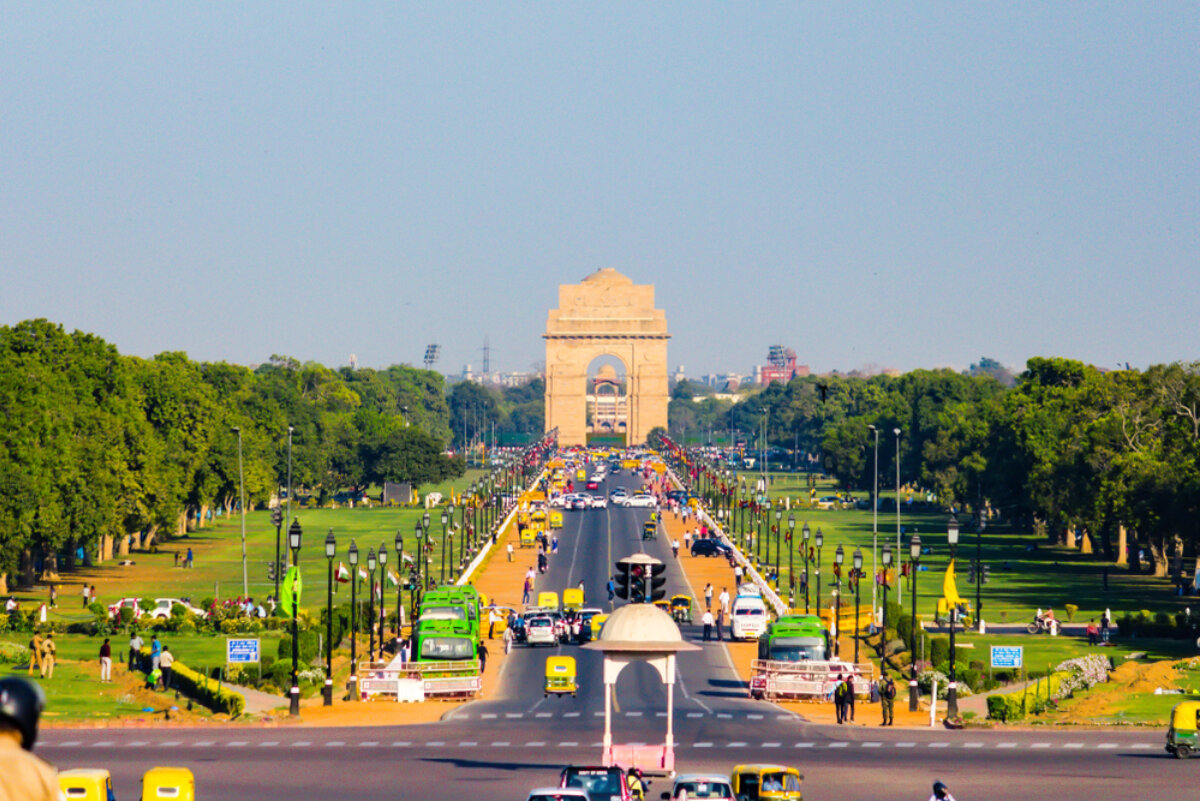India, pianeta di migranti
In India, migrazione circolare e immigrazione dall’estero rischiano di innescare un’indesiderata competizione nel mercato del lavoro. L’analisi di Guido Bolaffi

Che l’India sia il leader planetario dell’emigrazione è cosa nota e risaputa. Lo è invece assai meno il fatto che negli sterminati meandri del suo mercato del lavoro, formale e informale, operano contemporaneamente – cosa se non unica certo rarissima al mondo – decine di milioni di immigrati stranieri e centinaia di milioni di indiani che ogni anno emigrano dalle campagne nelle città alla ricerca di qualche fonte di reddito. Infatti, scrive Wikipedia nell’apposita voce: “In India circular migration in an urban context is a form of migration by which migrants move to the city for a few months and then return to the village [...] It is often part of a larger household strategy that seeks to diversify income streams and maximize consumption”.
Un fenomeno a lungo passato sotto osservazione, ma che le terribili settimane della devastante pandemia che ha flagellato il paese hanno fatto “emergere” in tutta la sua enormità, di cui così dava conto a febbraio 2021 Indian Express nella rubrica ThinC Migration: “In India the coronavirus-triggered lockdown has led to an exodus of migrant workers struggling to reach their home states. The exodus of migrant workers from the cities following the announcement of the first lockdown last year threw the spotlight on the vast number of Indians who live outside their home states”.
Tema ripreso da Priya Deshingkar nell’articolo India’s circular migrants in the times of COVID-19: “India’s model of capitalism and social reproduction among the elite has depended heavily on a precarious workforce that circulates between underdeveloped regions and the urban informal sector, industrial zones and middle-class homes. A significant chunk of workers are interstate migrants. They come from poor, historically disadvantaged castes and classes and workoutside suffocating agrarian relations of serfdom and indebtedness, patriarchal norms and stagnant wages in the countryside [...] How many circular migrants are we talking about? This seems to be the burning question, especially since state governments, labour departments and other agencies have been scrambling to find representative data. According to the 2011 Census, India has 454 million migrants, out of whom 100 million are interstate migrants”.
Questa armata di immigrati “nazionali” – ecco il punto forse più delicato della questione – è, spesso suo malgrado, costretta ad una difficile, esplosiva competizione con quella formata da milioni di immigrati stranieri, molti dei quali clandestini o irregolari. Per la semplice ragione che l’India, spiega Ruchi Singh del Migration Policy Institute di Washington nel paper India Seeks to Leverage Immigration, “Is one of the world’s top destinations for international migrants [...] The overwhelming majority of India’s immigrants are from neighboring countries such as Bangladesh, Pakistan, Nepal and Sri Lanka [...] It is to be noted that with the stock of Bangladeshi immigrants in India rising to nearly 5 million, the Bangladesh-India migration corridor was ranked fourth among the top international migration corridors in the world and the first single-largest bilateral stock of international migrants residing in the global South [...] After Asia, Africa is the second largest source region of immigrants in India”.
Una immigrazione in grande parte formata di individui (generalmente di sesso maschile) pochissimo o per nulla qualificati, in ragione del fatto che, dicono Binod Khadria a Perveen Kumar nel saggio Immigrants and Immigration in India: A Fresh Approach, “Since all majority source countries of migrants to India are other developing countries where, like India, the majority of professionals and knowledge workers tend to migrate to developed countries of the global North, and semi-skilled to the rich countries of the Gulf, only the low-skilled are left with the option of crossing over the neighbouring India [...] A majority migrants who come to India are poor, downtrodden [and] Whereas a majority of the Nepali immigrants are Hindu and not irregular, a majority of the Bangladeshi immigrants, Musilms and undocumented, they generally find work as casual labourers as domestic workers, construction labourers, rickshaw-pullers and ragpickers in the Indian metropolitan and other cities or as agricoltural labourers in rural and semi-rural areas of varous Indian states”.



